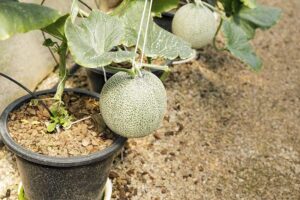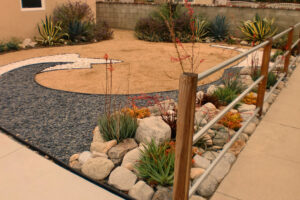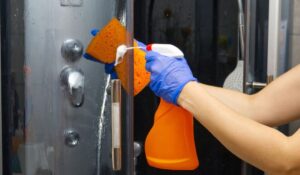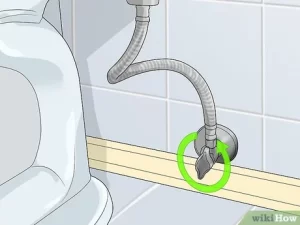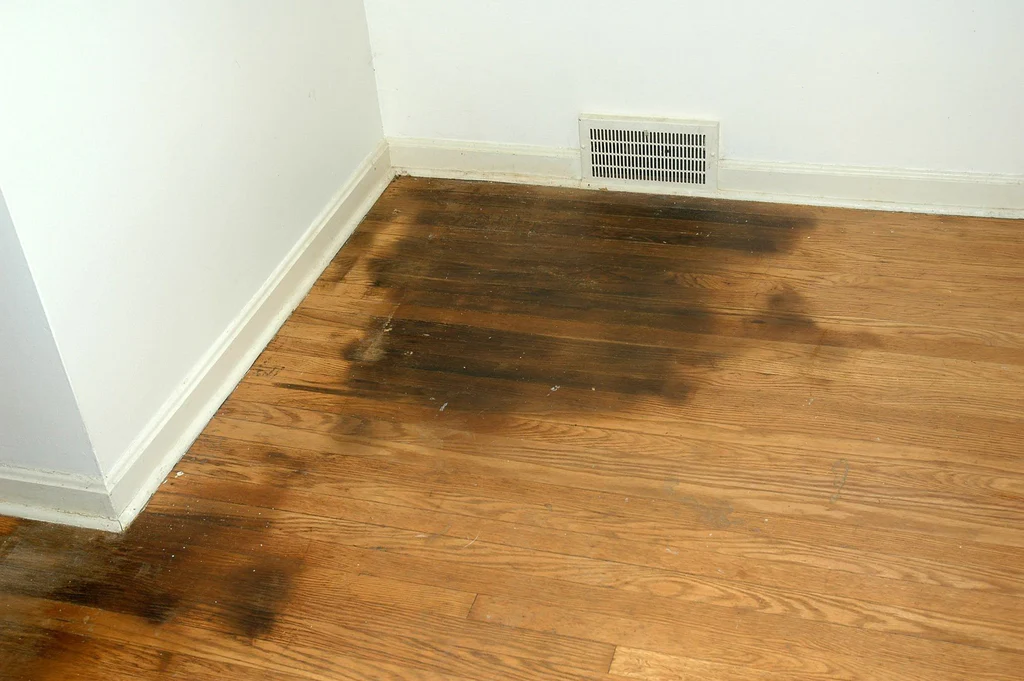
Mastering the Art of Stain Removal from Hardwood Floors
Introduction
Hardwood floors, with their timeless elegance, can transform any space into a sophisticated haven. However, the allure of hardwood can be compromised when stains make an unwelcome appearance. Whether it’s a spill, a pet accident, or a stubborn mark, mastering the art of stain removal is crucial to preserving the pristine beauty of your hardwood flooring. In this comprehensive guide, we’ll explore various stain removal techniques, discuss preventive measures, and address common questions, empowering you to maintain the enduring charm of your hardwood floors.
Understanding Hardwood Floors
1. Types of Hardwood:
When it comes to hardwood floors, not all species react the same way to stains. Each type of hardwood has its unique characteristics, and understanding these distinctions is crucial for effective stain removal. The type of hardwood in your home plays a pivotal role in determining the best approach to maintaining the pristine condition of your flooring.
2. Sealed vs. Unsealed Floors:
When it comes to the resilience of hardwood floors against stains, the sealing of the wood plays a pivotal role. Sealed hardwood is inherently more resistant to stains compared to unsealed counterparts. Recognizing and identifying the finish on your floor is the initial and crucial step in any effective stain removal process.
Common Types of Stains
1. Water Stains:
Swift action is crucial when it comes to addressing water stains on hardwood floors. The immediate response involves blotting the affected area with a dry cloth to absorb excess water. It’s essential to use a gentle blotting motion instead of rubbing to avoid exacerbating the issue. Adequate ventilation in the room aids in natural drying, preventing prolonged moisture exposure to the wood. Once excess water is removed, the application of a wood floor cleaner designed for the specific hardwood type is the next step. Following the manufacturer’s guidelines for the cleaner ensures the stain is effectively treated without causing damage.
2. Pet Stains:
Pet accidents on hardwood floors can present a unique set of challenges. Swift and effective action is key to preserving the integrity of your hardwood. Here’s a strategic approach to removing pet stains and addressing any potential damage.
3. Food and Wine Stains:
Preserving the beauty of hardwood floors requires a proactive approach to both spills and stubborn marks. Swiftly addressing spills is crucial; immediate cleanup with a dry cloth prevents liquids from permeating the wood, averting potential stains. For persistent marks, a mixture of equal parts vinegar and water provides a gentle yet effective solution. This natural concoction is applied with a clean cloth, gently blotting the stained area to avoid excess moisture.
4. Ink Stains:
For a graceful restoration of hardwood floors marred by stubborn stains, employing a mixture of baking soda and water is a gentle yet effective solution. The process begins by gently rubbing the stain with a soft cloth, preparing it for the application of the baking soda paste. The mixture, crafted from baking soda and water, acts as a natural abrasive without posing any harm to the delicate wood surface. Carefully applying this paste to the stain ensures that the restoration process is thorough yet gentle, avoiding any potential scratching of the hardwood.
Proactive Measures for Stain Prevention
1. Area Rugs and Mats:
Place rugs and mats in high-traffic areas to minimize the risk of stains.
2. Prompt Cleaning:
Swiftly clean spills and accidents to prevent them from seeping into the wood.
3. Furniture Protectors:
Use furniture protectors to prevent scratches and stains caused by moving furniture.
Stain Removal Techniques
1. Blotting and Dabbing:
For fresh spills, blot the area with a clean cloth. Avoid rubbing, as it may spread the stain.
2. Vinegar and Water Solution:
Mix equal parts vinegar and water for a mild yet effective hardwood floor cleaner.
3. Hydrogen Peroxide:
Diluted hydrogen peroxide can be used for tough stains. Test in an inconspicuous area first.
4. Baking Soda Paste:
Create a paste with baking soda and water to gently scrub away stains.
Frequently Asked Questions
1. Can I use bleach on hardwood floors?
No, bleach can damage the wood. Opt for wood-friendly cleaning solutions.
2. How do I remove deep-set stains?
For deep stains, consider sanding and refinishing the affected area.
3. Will steam cleaning damage hardwood floors?
Yes, excessive moisture from steam cleaning can cause warping and damage. Stick to dry or damp cleaning methods.
4. Are commercial hardwood floor cleaners effective?
Yes, but ensure they are specifically designed for hardwood floors and follow the manufacturer’s instructions.
5. Can I use vinegar on all types of hardwood?
While vinegar is generally safe, it’s recommended to check with the flooring manufacturer for compatibility.
6. How do I protect hardwood floors from pet stains?
Quickly clean up pet accidents and consider using area rugs in pet-prone areas.
7. What’s the best way to prevent water stains?
Wipe up spills promptly and use a dry mop for regular cleaning. Consider placing mats near entryways.
8. Can I use DIY solutions for all stains?
While DIY solutions work for many stains, it’s essential to tailor the approach to the specific type of stain and hardwood.
9. How often should I refinish my hardwood floors?
Refinishing frequency depends on wear and tear. Consider refinishing every 3-5 years for optimal maintenance.
10. Can I use natural oils for stain removal?
Some natural oils, like tea tree oil, can be effective for certain stains. However, test in a small area first to avoid damage.
Conclusion
Removing stains from hardwood floors is an art that combines knowledge of the wood, stain types, and effective cleaning techniques. By understanding preventive measures, employing the right cleaning methods, and addressing common concerns, you can ensure your hardwood floors remain a stunning centerpiece in your home for years to come.


